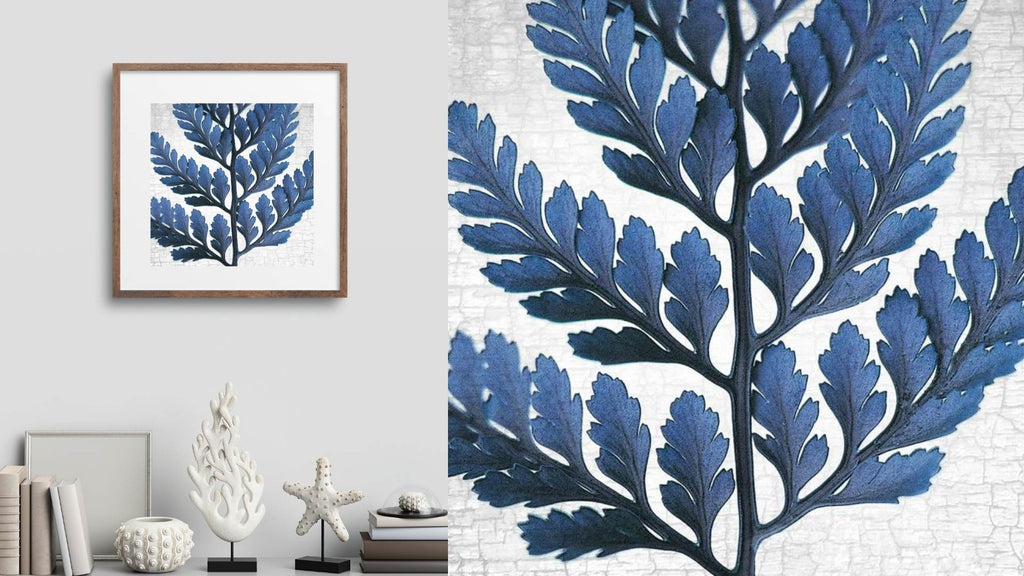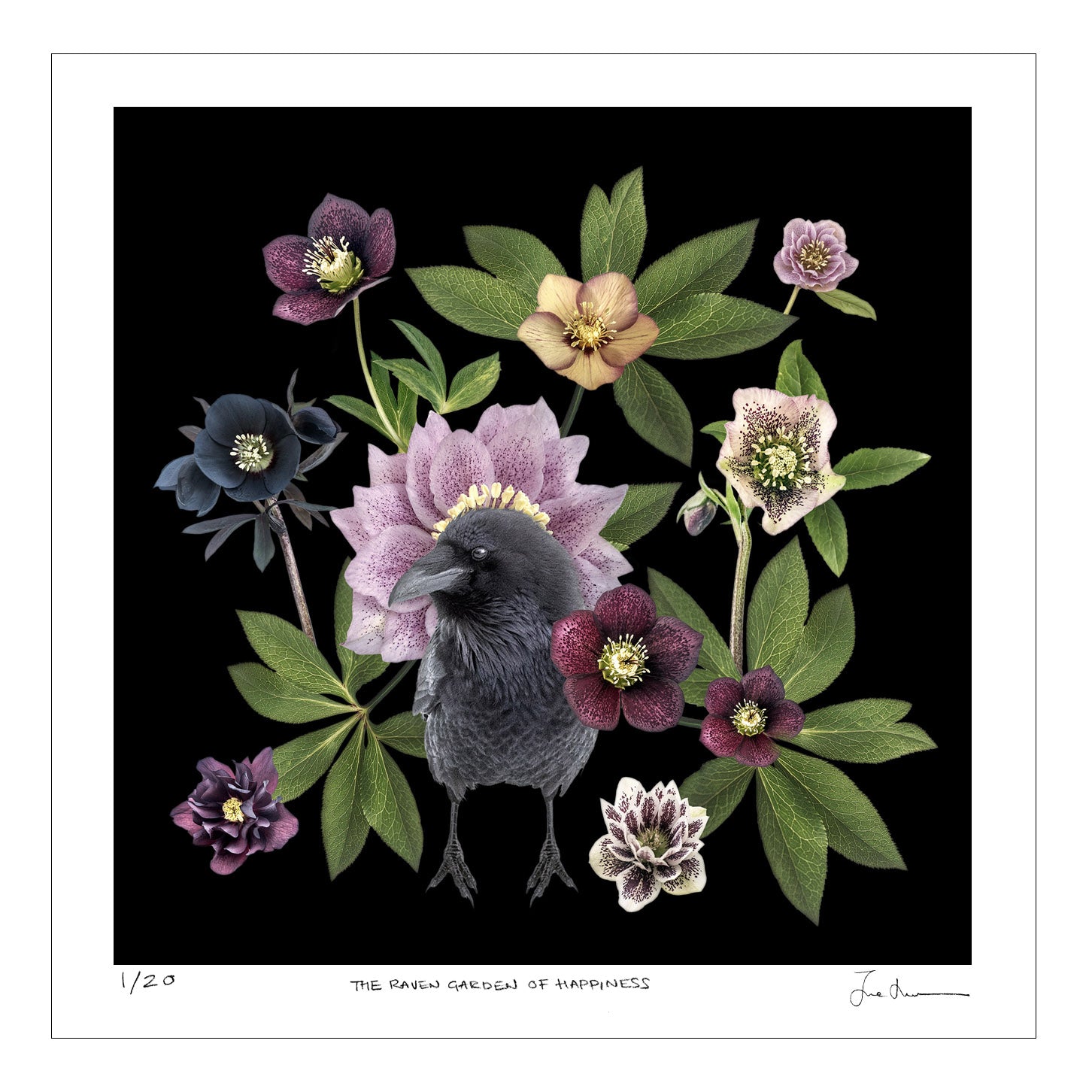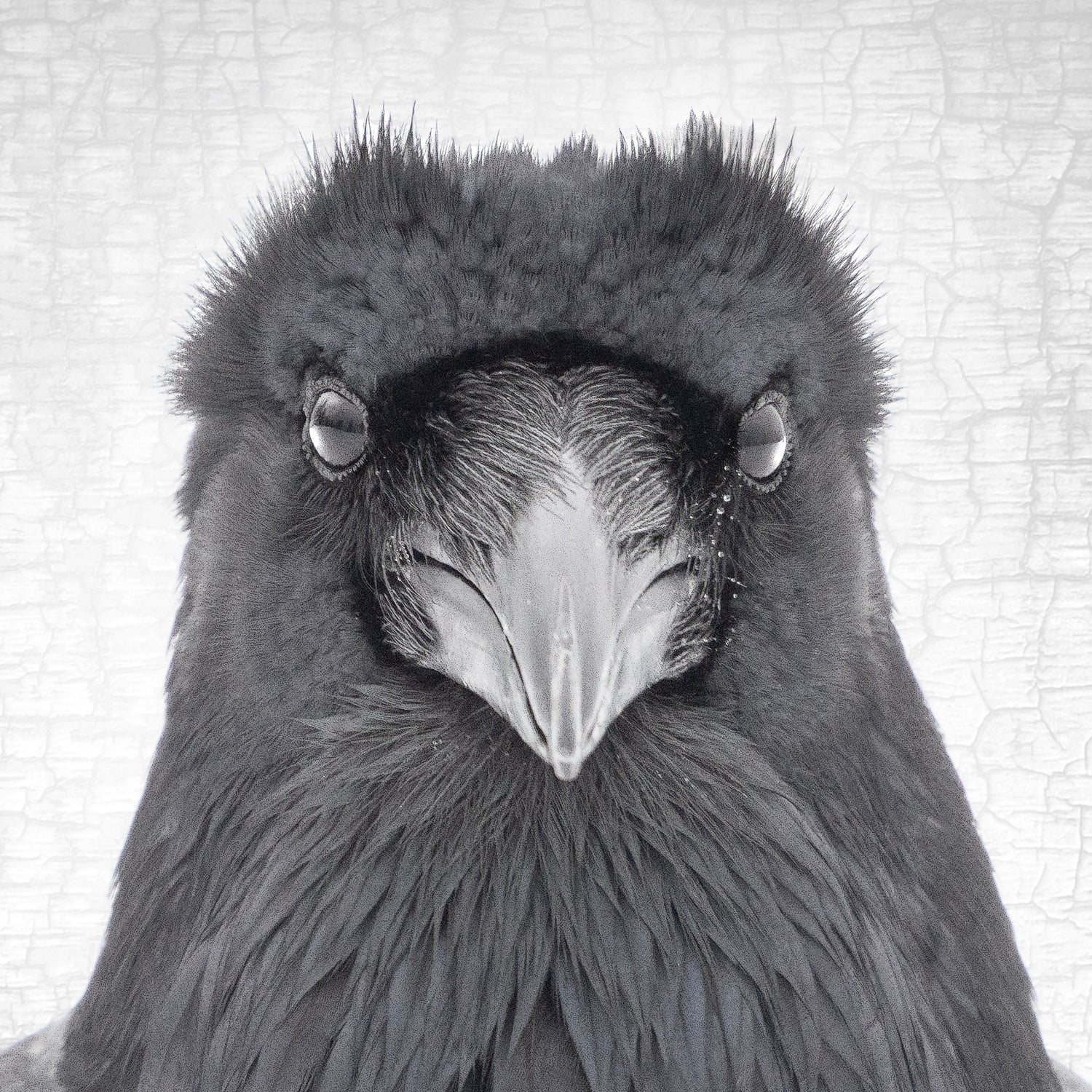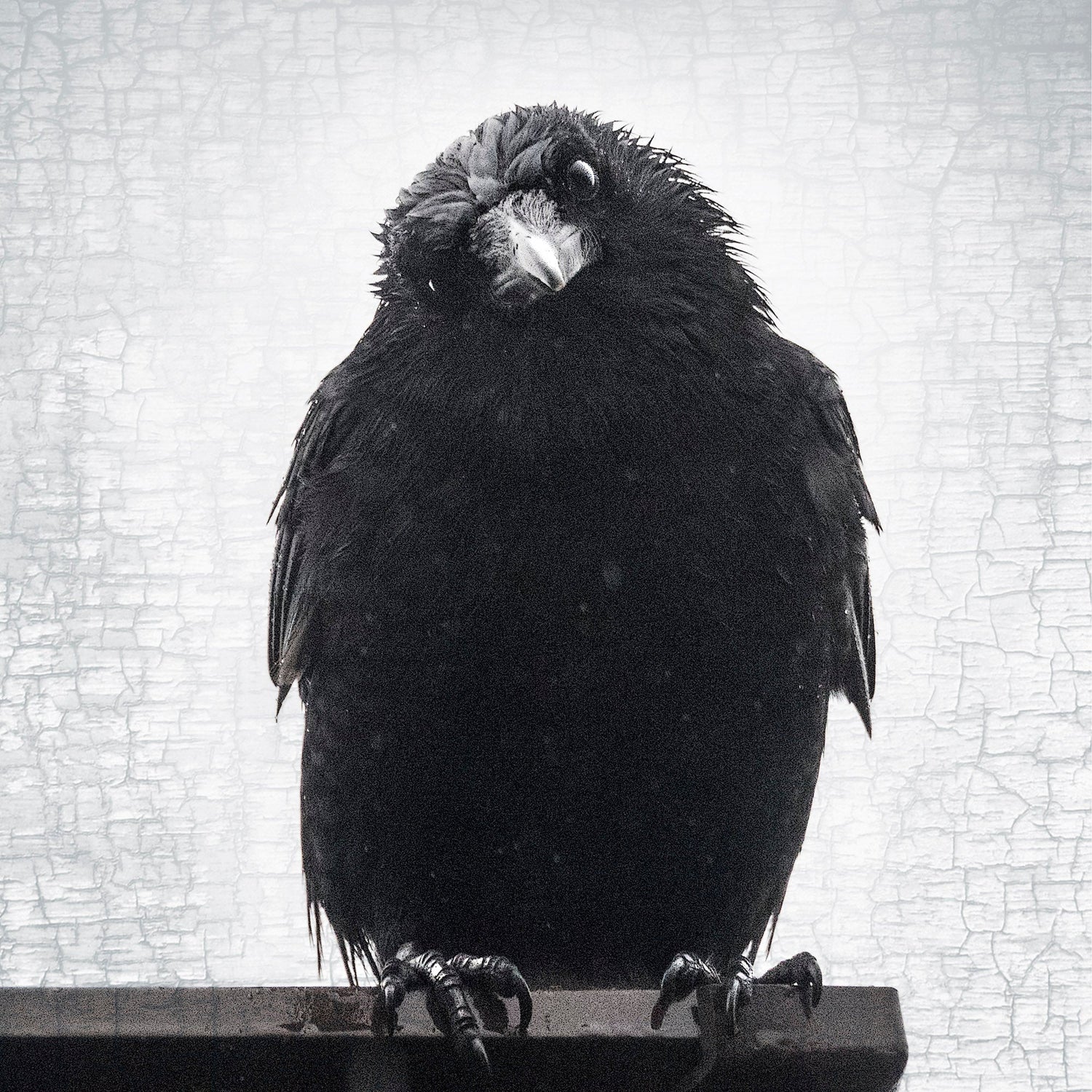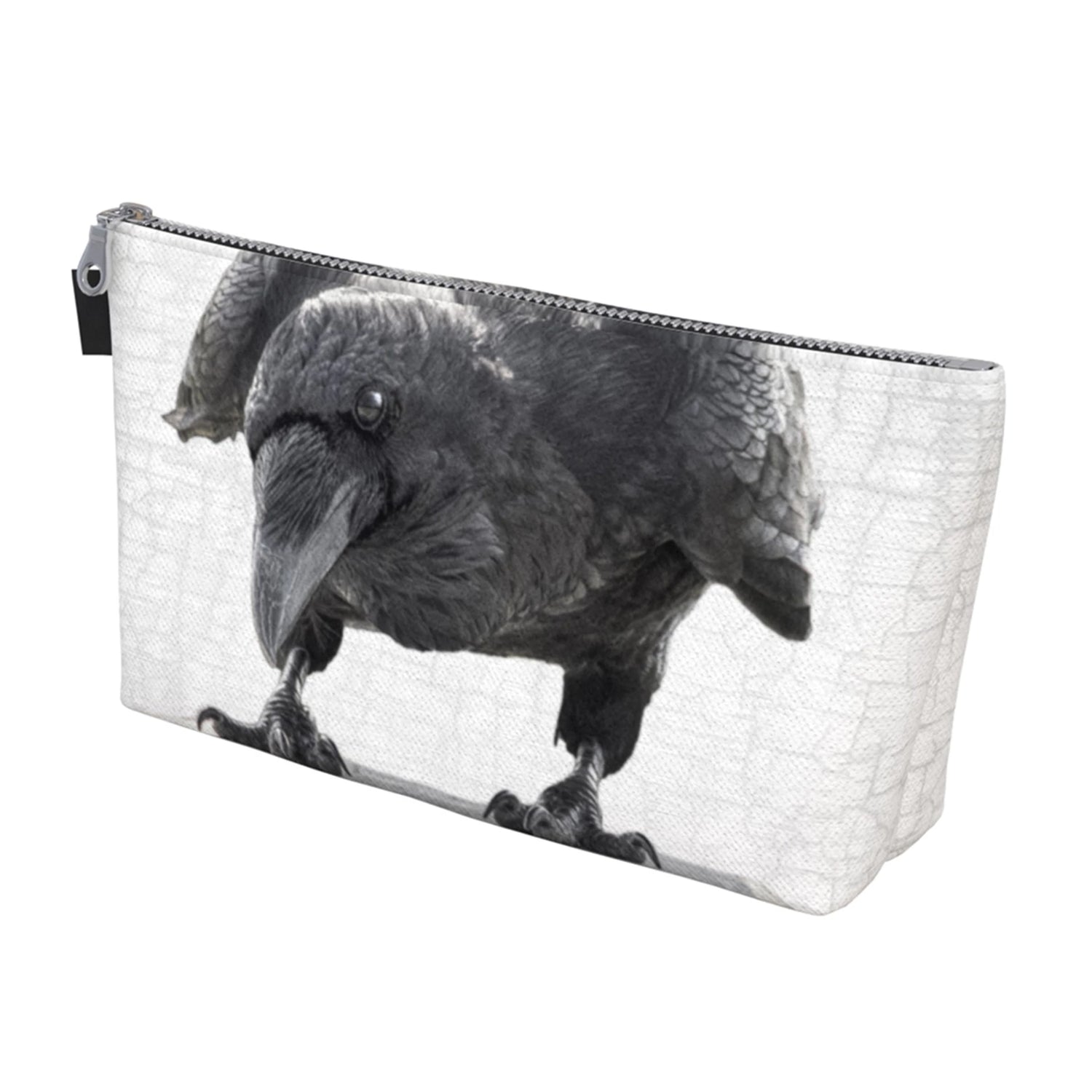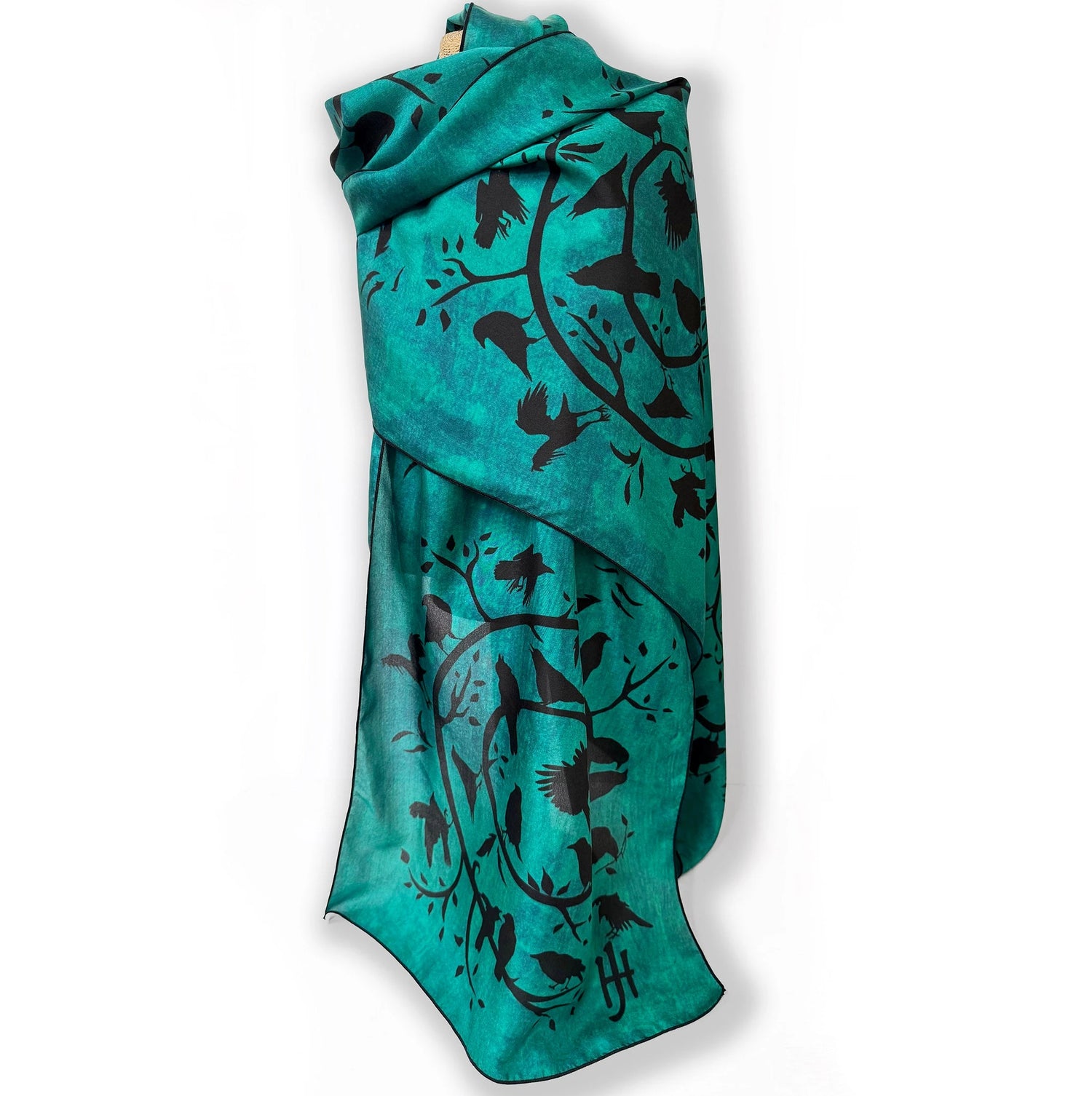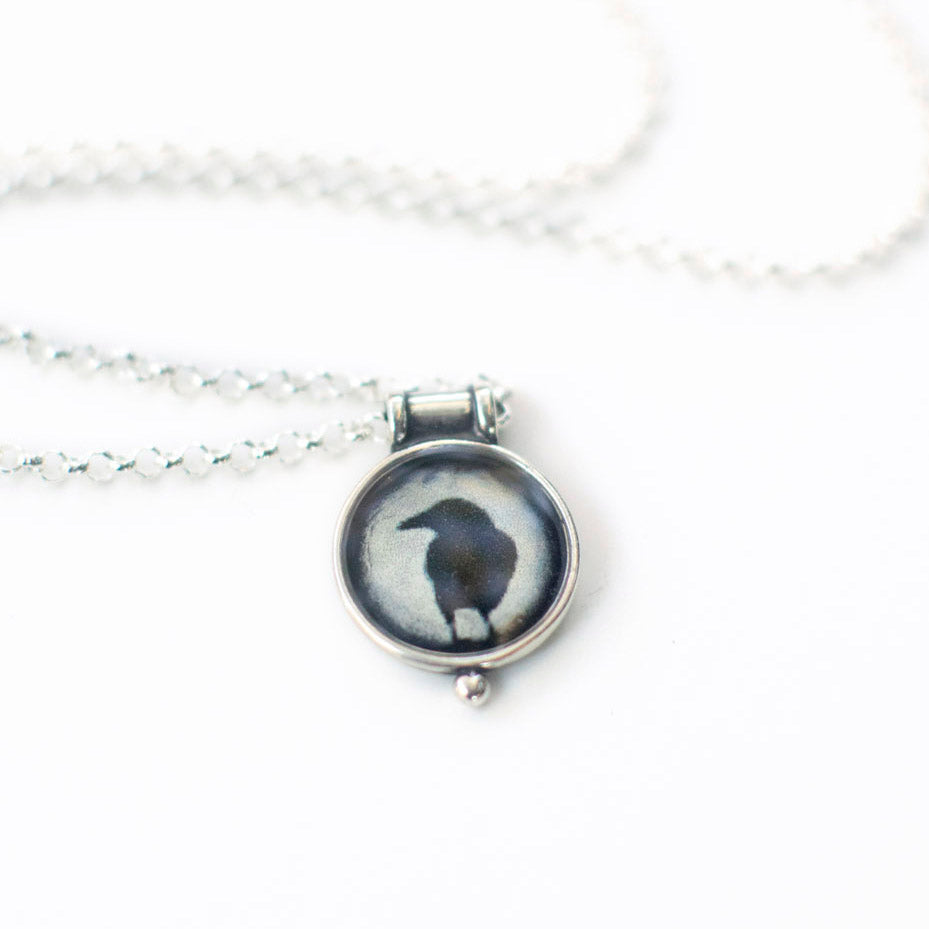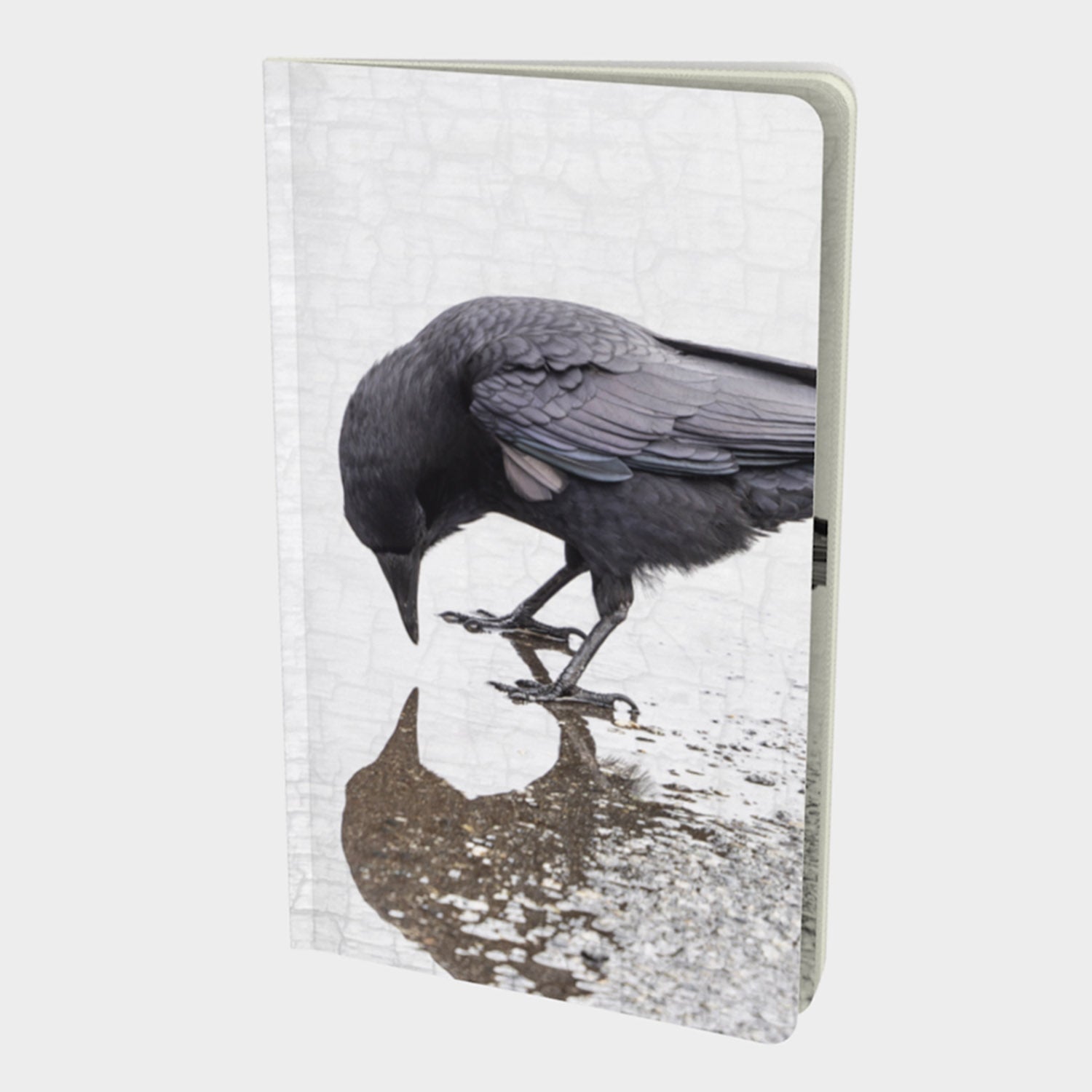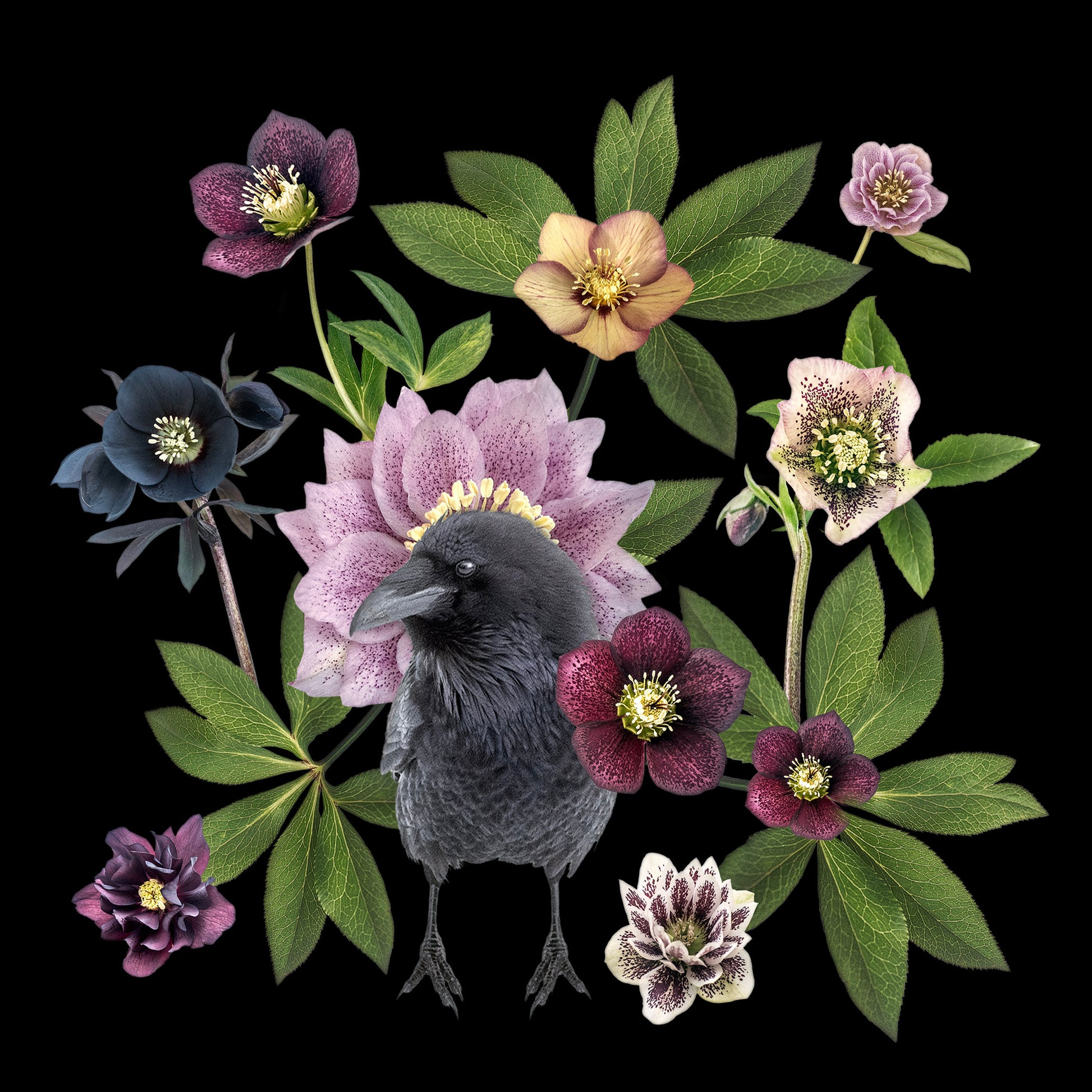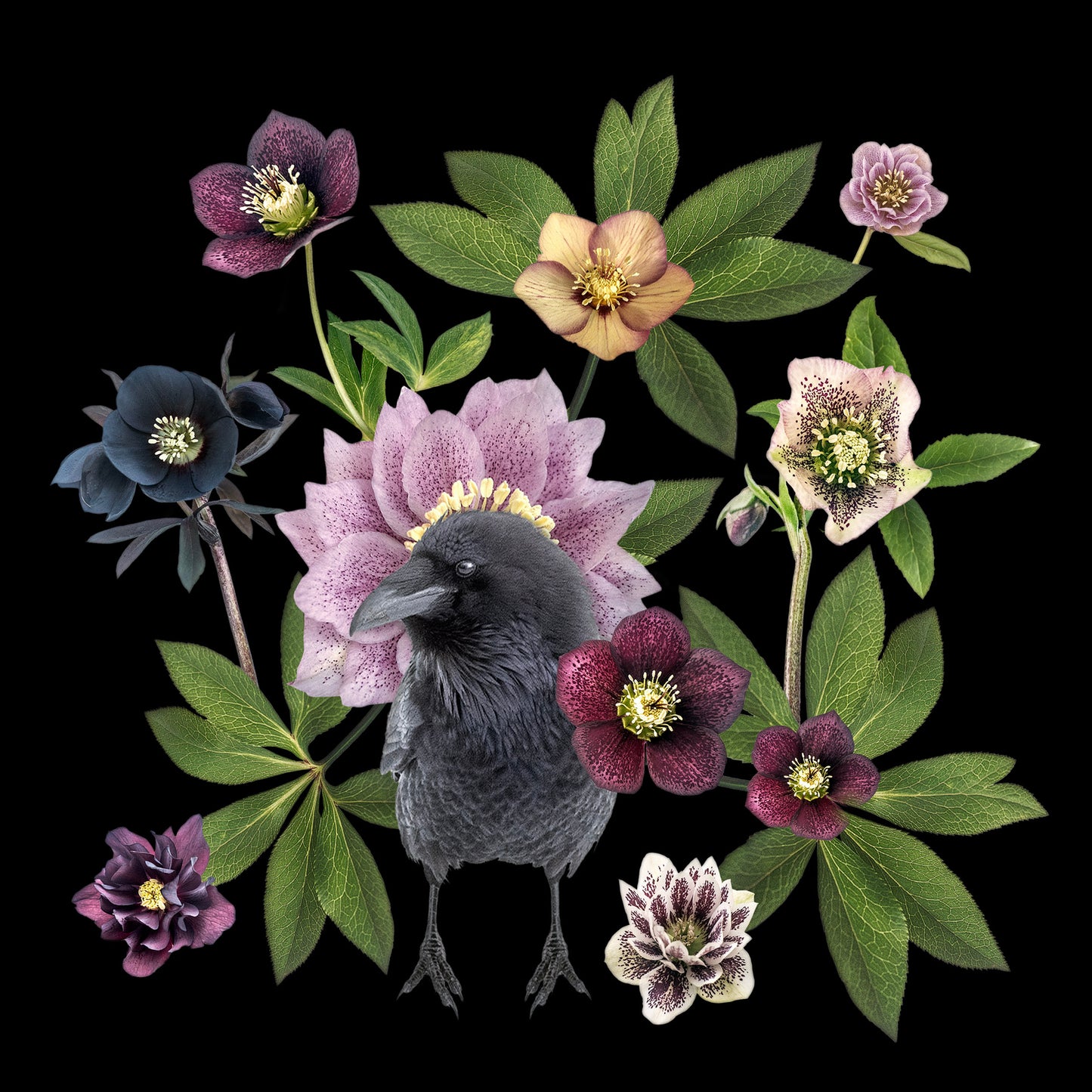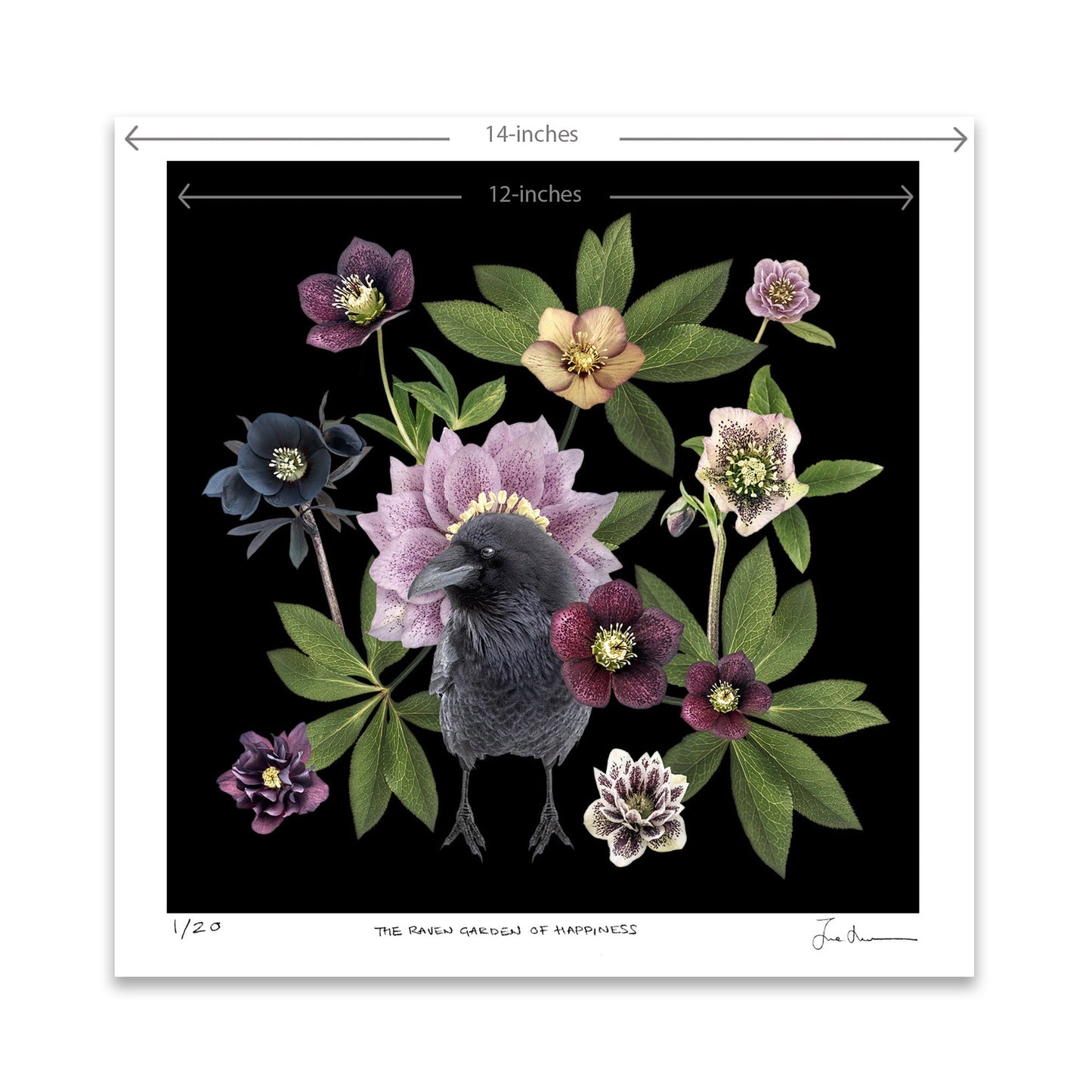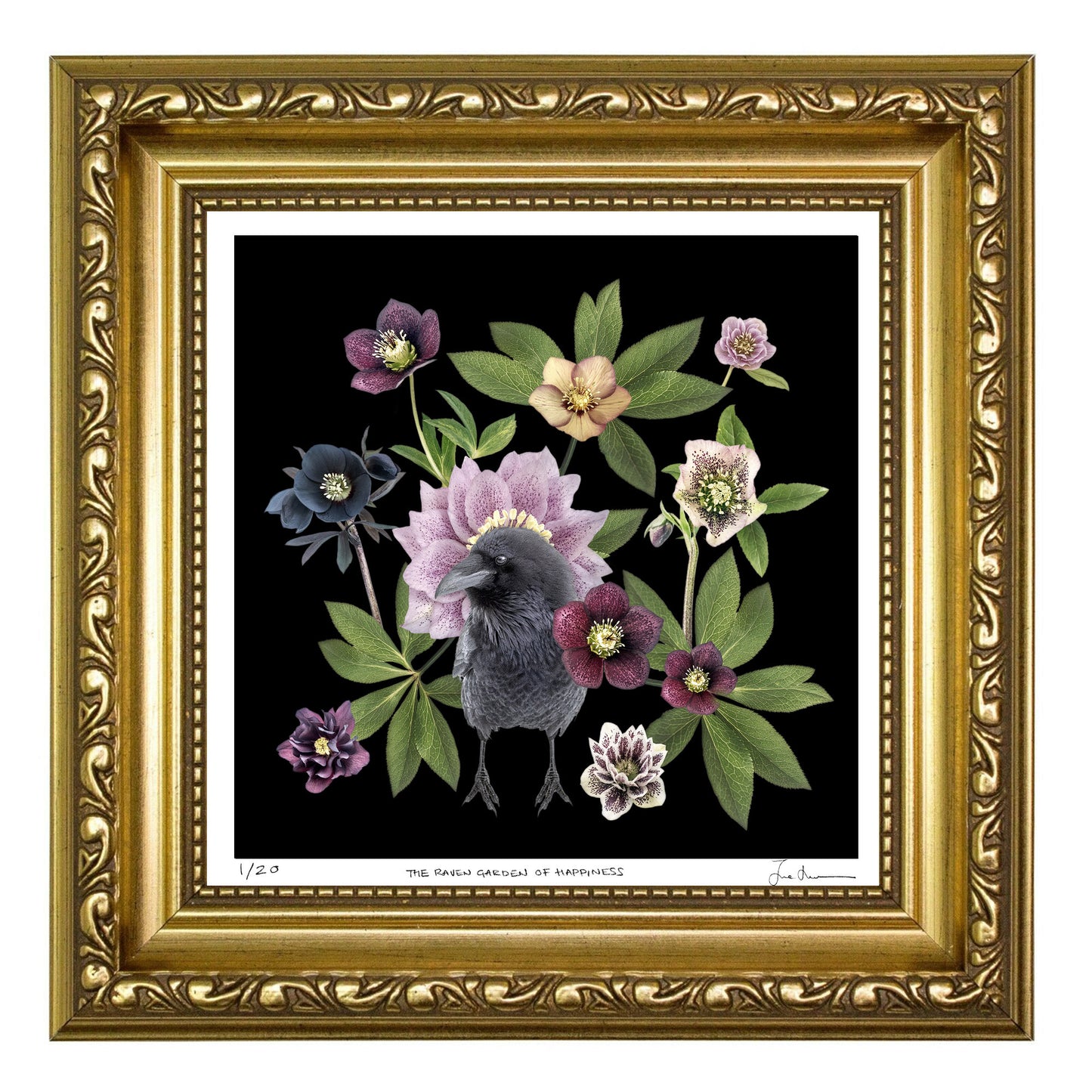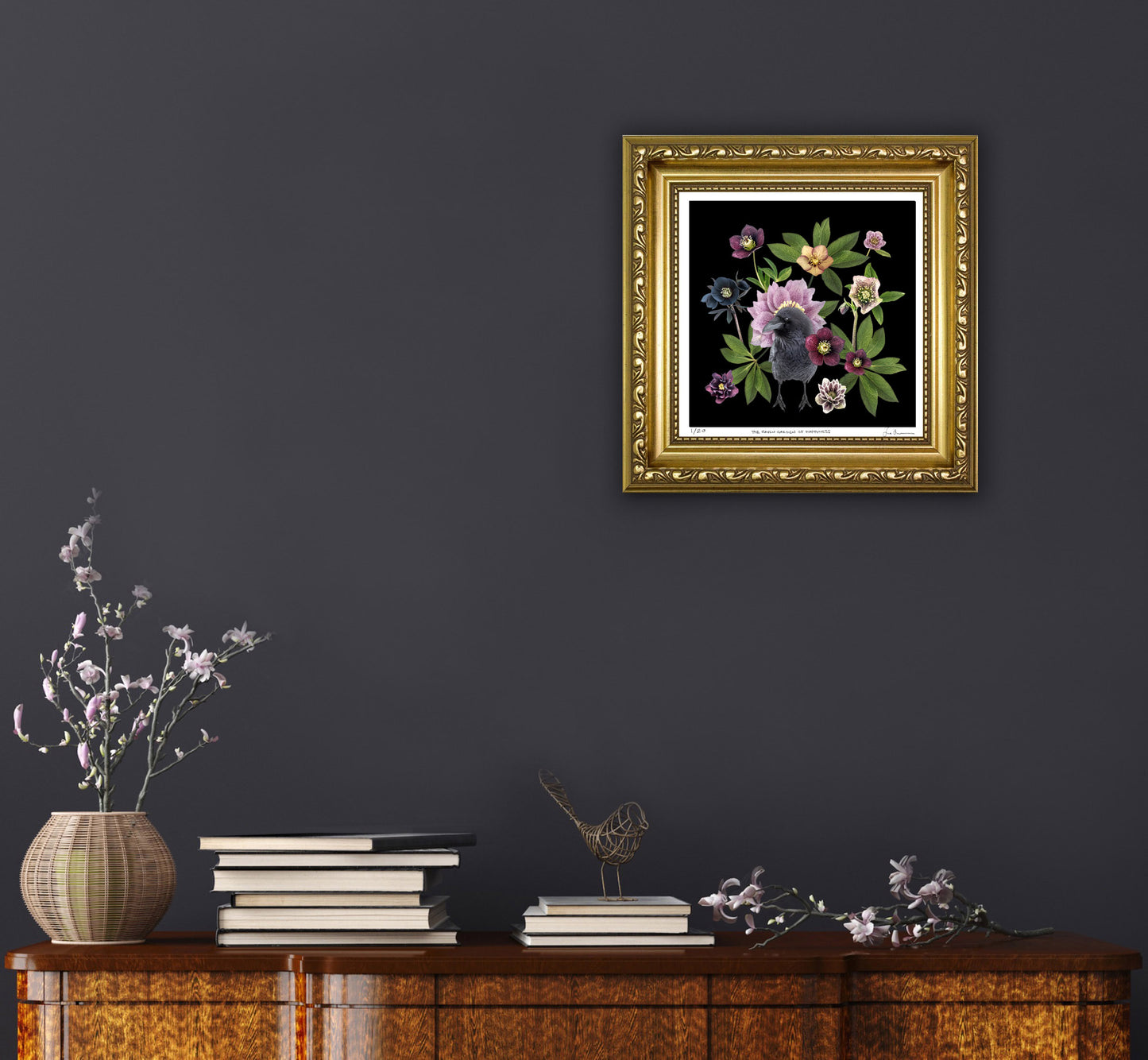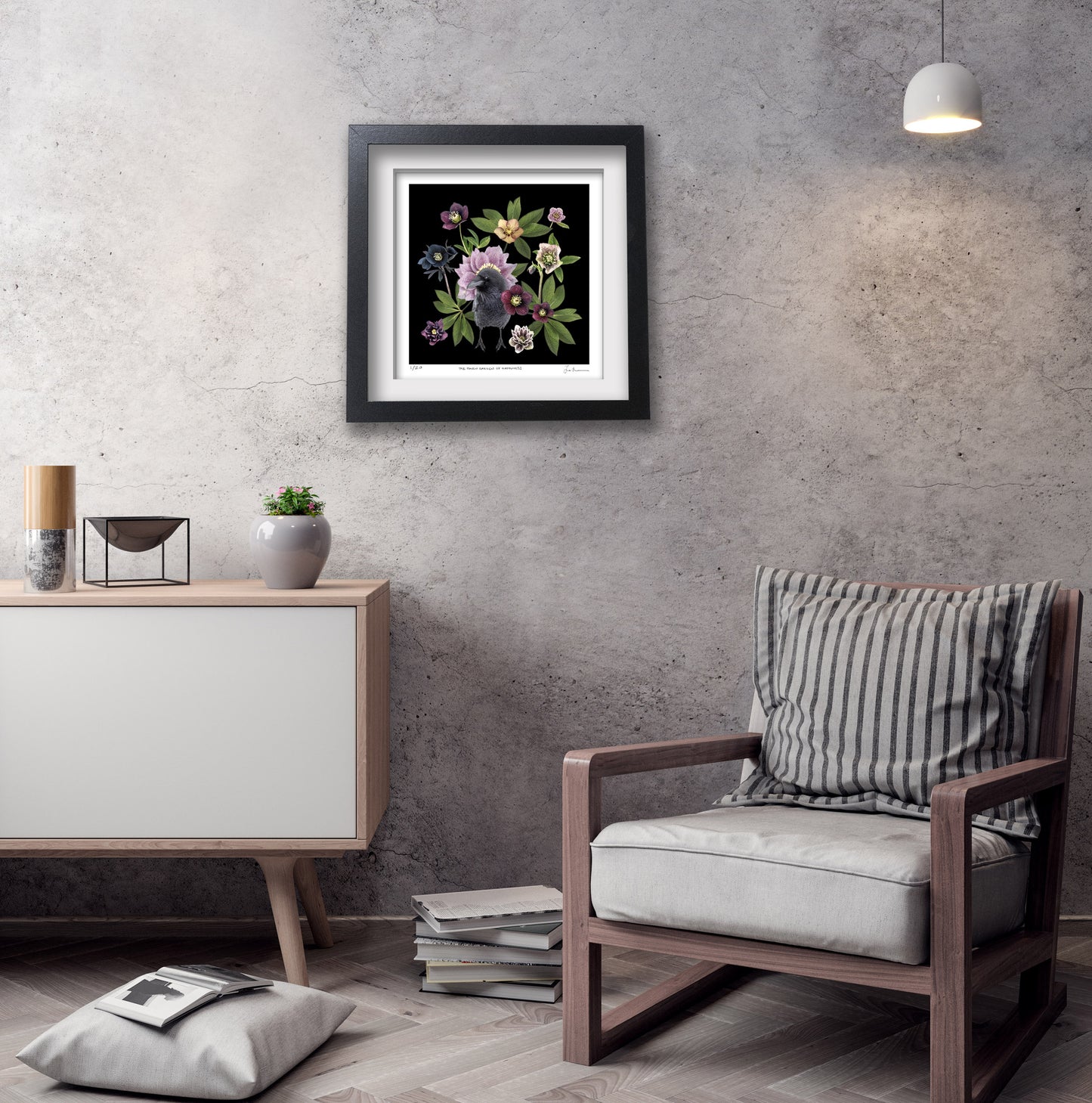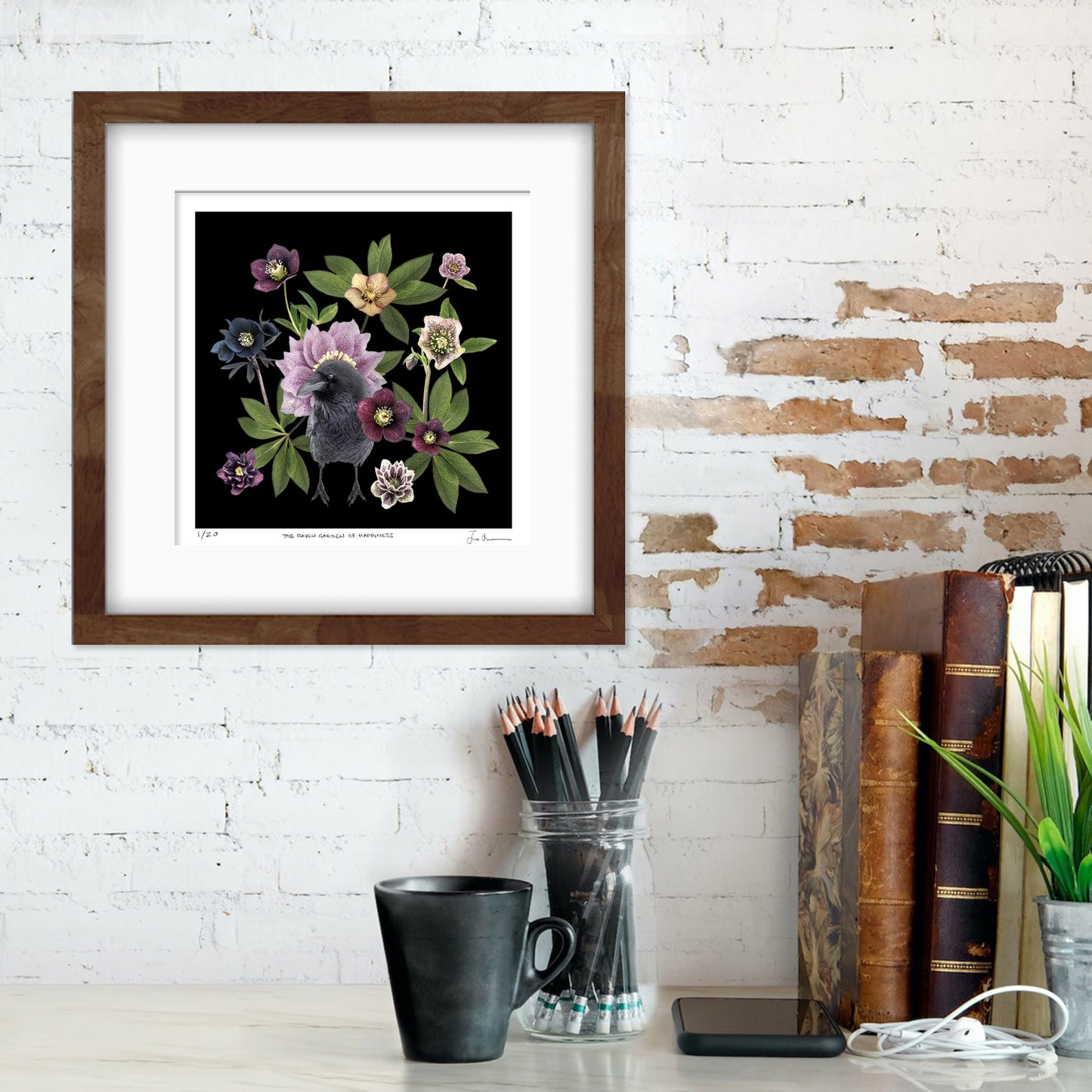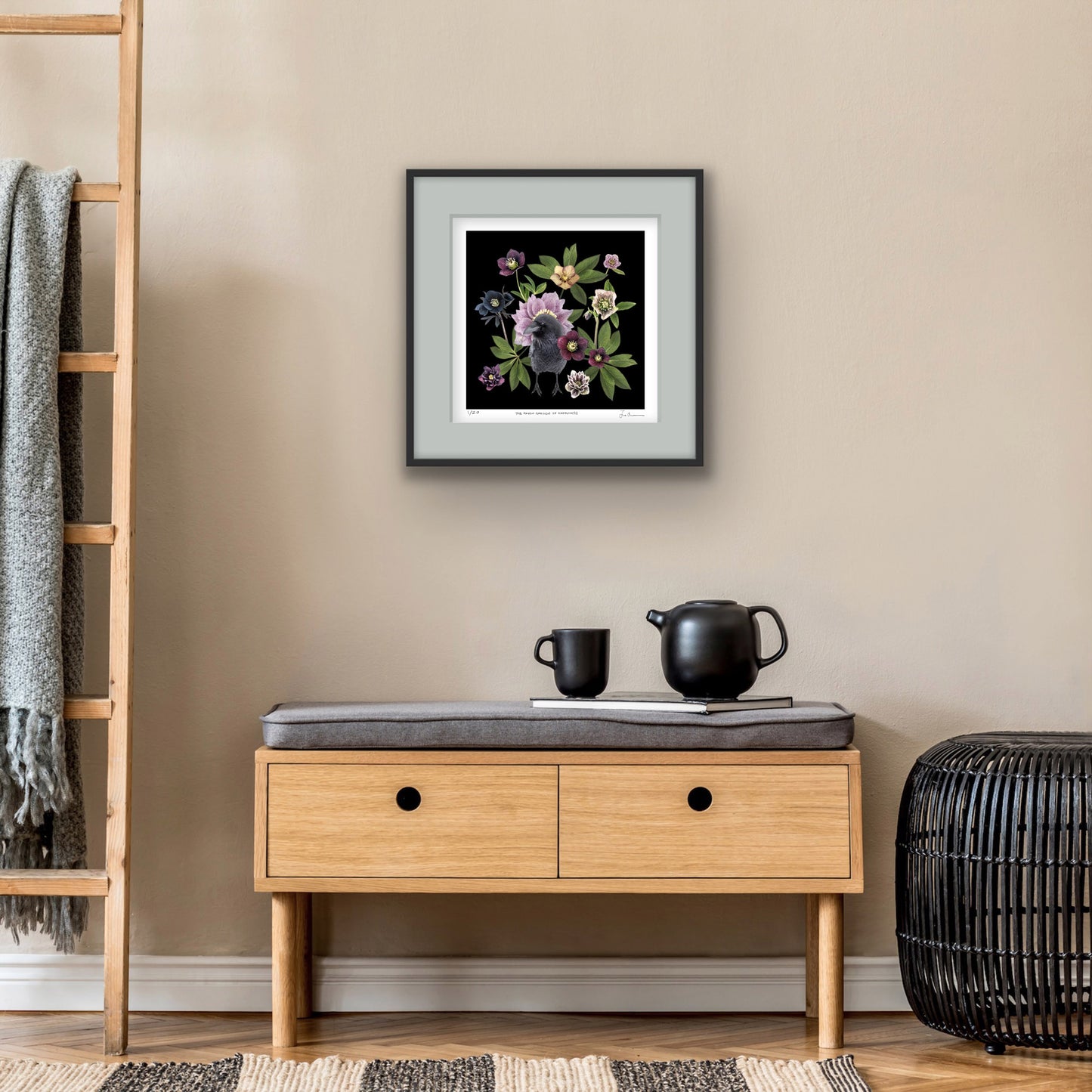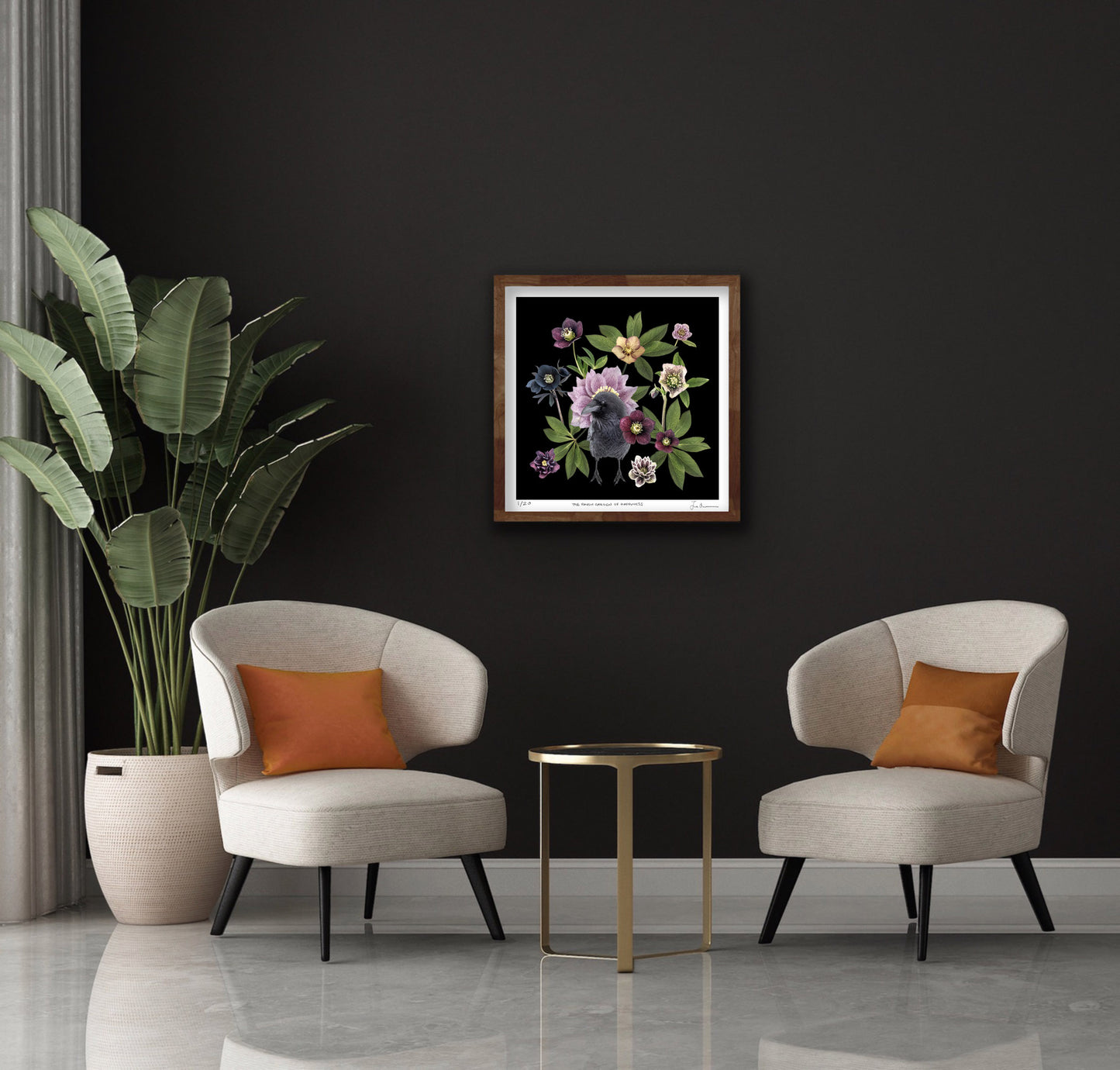How to Protect Art in a Bathroom
If you’re wondering how to protect art in a bathroom, this post is for you.
But before we dig into the details of making sure your art doesn’t turn into a soggy mess, there’s one important tip you should keep in mind: always turn on the fan!
Having a good fan is the most important part of keeping your bathroom art looking great for years.
Make sure you leave the fan on for 30-60 minutes after you have a shower or bath so that most of the humidity is removed. This one action will keep your prints and other art looking fresh for many years.
Now, let’s get into the best techniques and methods to keep your bathroom art safe and undamaged.
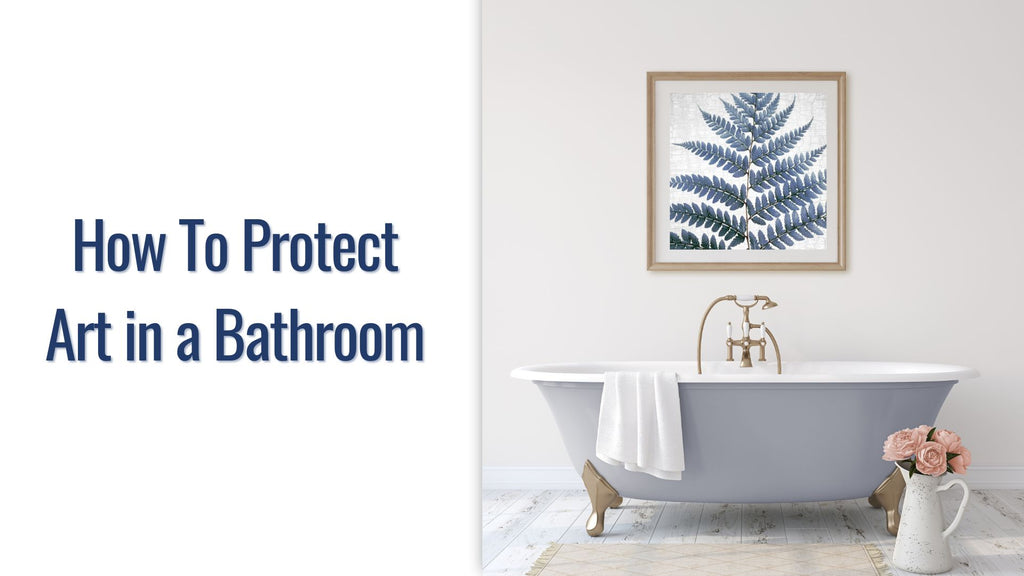
The Effects of Humidity on Art
Humidity can significantly impact your art depending on the medium.
Paper-based art like photographs or prints can warp or become moldy, while canvases may stretch or contract. Even certain paints and inks might degrade or run in high moisture environments.
Selecting the right type of art and protective measures is crucial. However, if the art you’re placing in the bathroom isn’t ultra expensive, you don’t need to lose sleep over your protection measures. However, if you’re placing limited edition prints or other valuable art in the bathroom, then it’s worth it to be vigilant.
Framing Techniques for Protection
- Moisture-Resistant Frames: Choose frames made from materials less prone to moisture damage, such as aluminum, plastic, or treated wood.
- Seal the Back: Ensure the back of the frame is sealed tightly to prevent moisture from seeping in.
- Matting: Use matting to create a barrier between the artwork and the glass, reducing the risk of condensation damage.
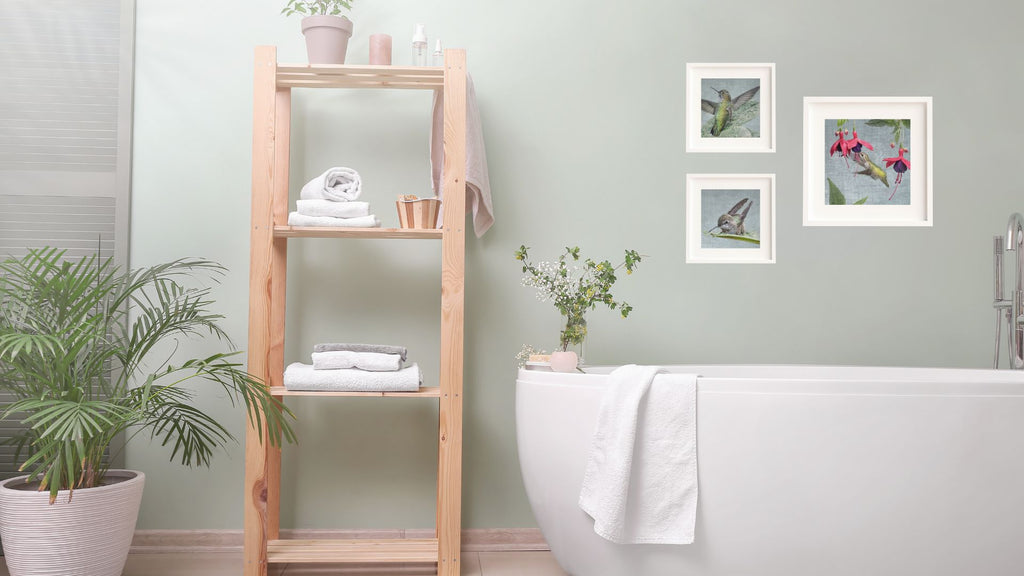
Maintenance and Check-Ups
Inspect your artworks every 3-6 months for signs of moisture damage, mold, or other deterioration.
Keep the bathroom well-ventilated and always leave the fan on for 30-60 minutes after having a bath or shower.
Hanging Original Art in a Bathroom
While it's generally safer to use prints (rather than originals) in a bathroom, if you choose to hang original art, take extra precautions.
Use quality, moisture-resistant framing and place the artwork away from direct moisture sources (e.g., showers, baths). Consider going to a professional framer and having them frame your artwork.
Should I Use Sealants for Enhanced Protection?
Applying a waterproof sealant to artwork may extend their lifespan in a bathroom setting.
But some artwork, especially those with delicate or unique surfaces, may not react well to sealants. I would not recommend doing this to any original artwork unless it is your own.
You could easily damage the art in the process of making it more “bathroom friendly.”
Clear lacquers or varnishes can be used, but always test a small area first.
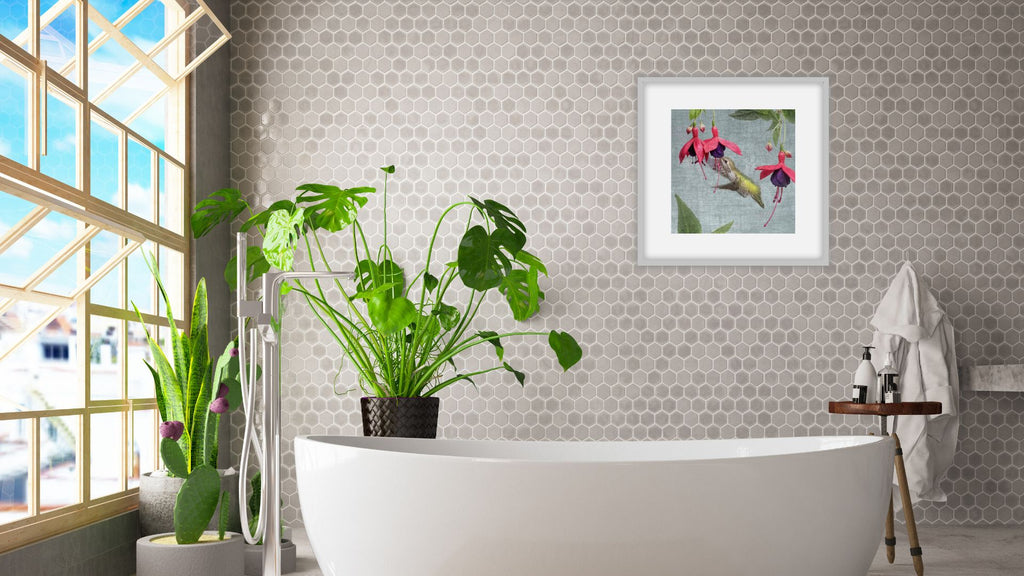
Should I Use an Airtight Frame?
There’s a thread on a professional framers forum that goes over the concept of using an “airtight” frame and whether it’s a good idea or not.
The consensus is that artwork needs air to breathe; thus, having an “airtight” frame is not a good idea even if you’re putting artwork in a bathroom.
This comment from Studio 3, covers the topic quite well:
“Sealing artwork off from the air (and, by default, moisture) is neither necessary nor advisable for most art. Art needs to "breathe" a little, which it does through its paper backing (don't listen to anyone who says holes must be cut in the backing for air circulation; for all practical framing purposes, paper is made of holes).
A piece trapped in an airtight environment has two major issues: first, an airtight seal does nothing to protect the art from changes in temperature, and art cannot expand and contract properly with the temperature changes if it is vacuum-sealed. In an airtight package, there is nowhere for the heat (or cold) to go; it cannot dissipate naturally as it would if the art were properly ventilated.
Symptoms of poor expansion & contraction include buckling and warping.” (+)
Thus, it would seem the best practice is to simply get your art framed professionally but not worry about having an “airtight” seal. As long as you have a fan in your bathroom and are not placing the art two inches from the shower head, you should be just fine.
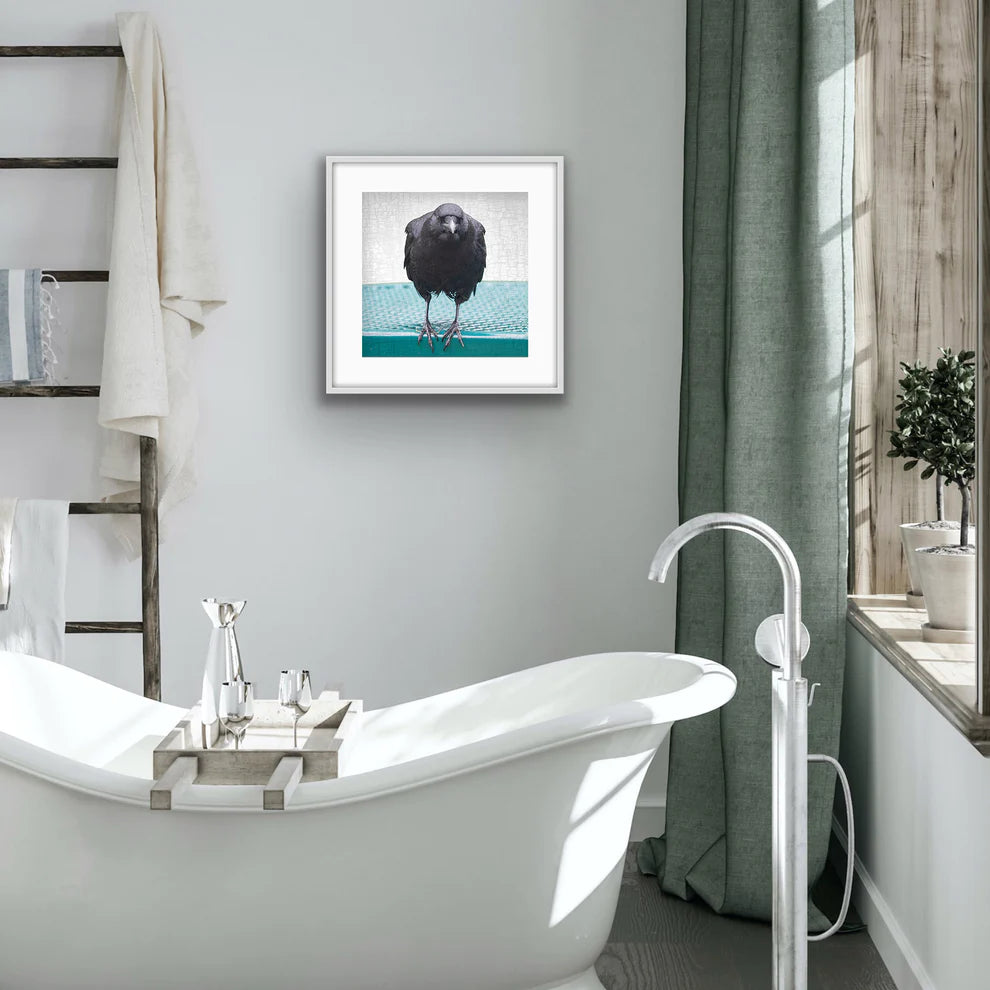
Optimal Finishes and Glass Types
As long as your art isn't a costly original, you don't need to go nuts with protection.
However these three options will help maximize the lifespan of your framed art.
- UV-Protective Glass: Protects the art from fading due to UV light exposure, which is beneficial in bathrooms with natural sunlight.
- Anti-Reflective Glass: Helps minimize glare, ensuring better visibility of the artwork under varied lighting conditions.
- Acrylic Glass: Lighter and more durable than traditional glass, acrylic is shatter-resistant, making it a safer option in bathrooms.
Final Thoughts
Displaying art in your bathroom is a wonderful way to turn a boring space into a beautiful and inspiring getaway.
By selecting the appropriate art, using the right frames, and making sure you turn on the fan, you can safely enjoy art in your bathroom without worrying about warping or damage.
Check Out June Hunter's Prints
Check out June Hunter’s collection of crow, raven, garden bird and blue botanical prints which will add a vibrant touch of nature to your home.
Read More:
Where To Hang Art in the Bathroom
What Kind of Art Can You Hang in a Bathroom
How To Make a Gallery Wall of Art
Explore June Hunter's Gift Shop
This article was written by Colette Nichol and reviewed by photographer and nature enthusiast June Hunter. Our aim with these short articles is to bring interesting bird facts and nature-inspired home décor info to more online readers while also highlighting June Hunter's photography and designs. To read June Hunter's popular blog the Urban Nature Enthusiast, where she shares stories about crows and ravens, please click HERE.

